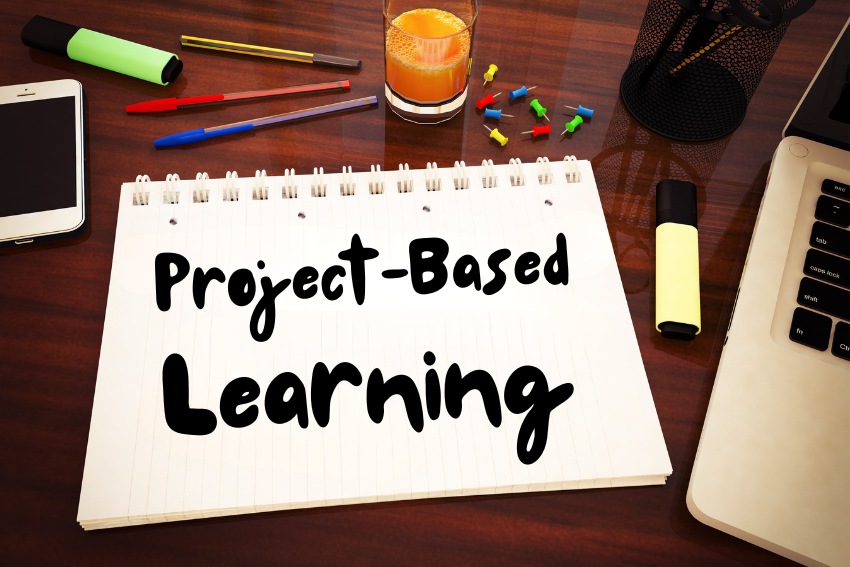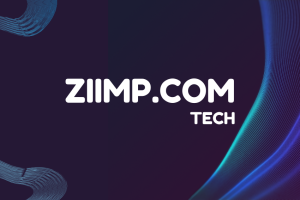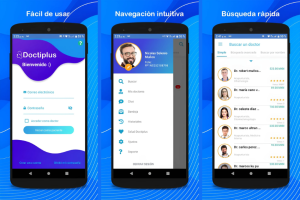We are living in a world where it is easy to get answers for the most factual questions in seconds. Just turn to the internet and you get all your issues, doubts resolved there. This is why it is said that simply memorizing whatever you read is not enough anymore. It’s best if students start learning about how to think, solve problems, work in teams, and apply knowledge to real-world situations. This is where Project-Based Learning (PBL) comes in. This is not just trendy, but also a meaningful shift in how education can and should work.

What Is Project-Based Learning?
Project-Based Learning is an excellent way of teaching where students get to learn by working on real projects that matter. With this, they don’t have to keep sitting in the class as passive listeners, attending lectures or memorizing facts from a textbook. Rather they get to take part in the activities that help them explore and solve real issues.
This is not a short-term process, in fact, it takes days and sometimes weeks. You should know that his project itself is the main focus of learning, and not like any other fun activity that does not always teach kids’ something. This is the only way where students can actually learn by doing.
Let me make it more clear with the help of an example – instead of just reading about environmental pollution and answering questions in a textbook, a class might go out and test the local water quality. After coming back, they can create a PPT to share their findings with others or even better – come up with solutions to a local environmental problem.
Why Project-Based Learning Matters
It Mirrors the Real World
So, what actually happens in real life? We don’t take tests on what we know, right? We just use our knowledge to finish tasks, solve problems, and collaborate with others. This is exactly what PBL does, it prepares students for that world. No matter if it is about a product, running a campaign, coding an app, or creating a documentary, this new-age learning gets them to do what adults do every day, and here I mean, research, create, test, present, revise, and reflect.
It Builds Life Skills
PBL naturally strengthens skills like:
- Critical thinking – This lets students analyze problems and think of multiple solutions.
- Collaboration – Most of the project’s students participate in is about teamwork and peer feedback.
- Communication – When the learner presents work to real audiences, it helps in improving clarity and confidence.
- Creativity – Students get enough chances to make their own decisions, be innovative, and explore better ideas.
- Time management – Projects demand planning, deadlines, and personal responsibility.
It Makes Learning Stick
I have seen this, not sure if you have noticed, but when students are able to see the relevance of what they are learning, and are emotionally engaged, they tend to retain information better. This is the main reason why many students vividly remember a project from years ago but barely recall last month’s test.
It Encourages Ownership of Learning
Here’s a thing about PBL – in these students are themselves in charge of their entire learning journey. They first pick a topic that they like the most. Once done, they then set their set goals, and come to conclusions about how they should go along with the projects they chose. Doing this motivates them to go deeper and take pride in their work, leading to a more meaningful educational experience.
It Fosters a Growth Mindset
For me project-based learning is the ideal form of learning because it is what encourages students to accept the challenges and see their mistakes as opportunities to learn. As they take little steps for completing tasks, they learn to adapt, feedback, and improve their work. All these things help them to develop resilience and a growth mindset. These both are essential for success in both school and life.
Key Features of a Good PBL Experience
Each project is unique, they have their own rules, working style, and outcomes. And to make PBL effective, the project should not be just an ordinary craft or poster-making activity. Some of the most essential things that it should include are as follows:
A Driving Question
A driving question or should I say “the heart of the project” because it is crucial. You just have to keep in mind that it should be open-ended, challenging, and related to real-world issues. For instance –
- How can you minimize food water on campus?
- What will you do to help if there is a natural disaster?
Questions like these are sure to create excitement among students and push students to think creatively and deeply. Just remember, the questions should feel relevant to individuals’ lives and inspire them to find the right solutions.
Sustained Inquiry
There’s a thing about students – they do a lot of investigation and research even after finding answers on google. They might even ask people, conduct surveys, analyze data, and more. This way, students get to deepen their understanding of the topic. They also get regular and fast with completing tasks.
Authenticity
There is no fun in learning if the project does not feel real. So, it should be made from scratch, maybe the students create a product for a real client, get a solution for an issue their community faces, or something more creative. Know that, a real-world connection is what makes learning more engaging and relatable.
Student Voice and Choice
Look, I think students should have the right to choose how they want to approach the project, what roles they want to take on, and the way they want to present their findings. This way, they will be able to take accountability for their actions and be successful in expressing their creativity and interests in the project.
Public Product
There is some kind of happiness and satisfaction when we present our project to a real audience. Doing this adds meaning to the work done. The audience can be anyone from parents and classmates to community leaders and online viewers. Whenever a student will share the results of the project with someone, he will feel more confident, improving hsi communication skills.
PBL in Action: Classroom Examples
Elementary School
Project: “What Steps Can We Take to Make Our Playground Safer?”
In this, learners can explore so many ways to better the safety of playgrounds. The best ones I have comes across are –
- Math (measuring and data collection)
- Science (forces and materials)
- English (report writing), and Art (design plans)
Middle School
Project: “Ask Learners to Design a Sustainable Restaurant”
Then comes this middle school project. Here the teams work together and first properly design a sustainable restaurant. After the designing is done, they then incorporate –
- Environmental Science (food sourcing)
- Business (budgeting)
- Math (cost calculations), and
- Social Studies (cultural considerations)
High School
Project: “Show History Through the Lens of the Marginalized”
During this high school project, students investigate historical narrative. This consist of –
- Marginalized groups
- Drawing from History (context)
- English (writing), and
- Media (presentation formats)
Role of the Teacher in PBL
I’ll be short here, the role of a teacher in PBL is that of a guide on the side. They facilitate and fully support the learning process. But I don’t think this role means there is no contribution from their side, in fact they participate in more extensive planning to make sure that the learning experience turns out to be successful.
Let me now take you through everything in detail –
- Teachers design projects that align with curriculum goals. This is done to ensure that the learners are not only learning but applying it in real-world contexts.
- As per the project requirements, they even conduct mini-lessons to give students the knowledge and skills they need to handle the project well.
- They also come up with open-ended questions that motivate students to explore new ideas and analyze well.
- Last but not least, they identify where there is need for improvement and then help in the process actively.
What About Assessment?
Of course, PBL is assessed. Common PBL Assessments Include:
Rubrics for Presentations, Collaboration, and Final Products
Teachers make use of detailed rubrics to assess student work. This includes –
- How nicely they have presented their ideas
- The level of collaboration with their peers, and
- The quality of their final products.
Reflection Journals or Learning Logs
This is done by students themselves. They keep a record of logs and even maintain journals so that they know what they have learned till now. Also, the record includes the challenges faced and the insights gained.
Peer and Self-Assessment Forms
How many of you remember self-assessment forms? I have also done this, and it was fun. Even my friends used to check my work and tell me what I am lacking, this has helped me a lot in my growth.
Public Presentations with Q&A Sessions
I personally feel this is the most effective way of assessing PBL. When students get involved with the wider audience, they have to answer a few questions as well. This shows how well they know about the topic and how strong their research work is.
Tips for Getting Started with PBL
So, if you are a teacher, you must have thought at least once about getting started with PBL. but I know what’s stopping you – you are not sure where to begin with, isn’t it? This section is for you. Read it carefully and all your confusions and questions will fade away.
Start Small
You just have to take baby steps. Choose one short project and know what will work and what will not. It’s always a good idea to experiment first. When you start with something easy and achievable, your confidence gets boosted. Afterall, every great journey starts with a single step!
Focus on Standards
You also have to take care of the fact that you are choosing a project that aligns best with your curriculum and learning goals. This way students will be able to meet all the crucial educational objectives. Here’s a tip – Pick a topic that both you and your students like.
Build in Checkpoints
Don’t ever pressurize students. Make it easy for them by breaking the projects into stages with deadlines. When you do this, everything and everyone involved will be on track automatically and there would be no scope for stress. Also, keep a regular check on the progress for better outcomes.
Model the Process
You should always show some good examples of good research work, reflection, and presentation skills. This way they will know what exactly you are expecting them to deliver. Another thing you can do is talk about your learning process, this way the learners will get motivated to do better.
Reflect, Revise, Repeat
After the completion of each project, question your students and also yourself –
- What has worked well this time?
- What to do next time to make it work better?
At the end of the day, reflection is the key to ensure there are continuous improvements for both students and educators. When you both get feedback, it will make things easier for everyone involved.
Common Challenges (And How to Overcome Them)
It’s too time-consuming.
Yes, PBL takes time. But it also covers multiple learning objectives at once. With smart planning, it doesn’t replace the curriculum — it becomes the curriculum.
What if students don’t participate equally?
Group roles, contracts, and regular peer evaluations can help ensure accountability. Also, allow for some individual components in the project.
How do I manage a noisy, hands-on class?
You just have to set routines and be clear with what you are expecting. Also, make use of tools like checklists and timelines. But knowing that structure chaos means there is active learning is important.
What if it fails?
Failure isn’t the end, it’s the learning. Encourage students (and yourself) to treat setbacks as part of the process. Reflect, adjust, and improve.
Final Thoughts: Why PBL Is More Than a Teaching Strategy
Project-Based Learning isn’t just another way to teach; it’s a way to transform how students experience learning. When kids get to solve real problems, their curiosity lights up, and suddenly, lessons stick because they matter. It’s about more than memorizing facts; it’s about growing thinkers, collaborators, and doers.
In today’s fast-changing world, PBL helps students practice skills they’ll actually use, such as how to adapt, create, and think critically. Sure, tests have their place, but PBL prepares kids for life beyond the classroom. So, whether you’re a teacher, student, or parent, here’s the big question: What meaningful challenge should we tackle next? The best projects don’t just teach, they inspire.


